Chances are you’ve peacefully coexisted with these microscopic critters your entire life and never knew it. However, dust mites are a total nightmare for people with allergies or breathing-related health issues.
Before learning how to get rid of dust mites, it’s a good idea to know more about them. After all, unlike most pests, this critter’s here to stay. Knowing the symptoms of a dust mite population explosion will help you keep the problem under control.
Related Critters: Bird Mites, Clover Mites, Spider Mites
Dust Mites 101
The name dust mite can be something of a misnomer as these critters are present even in homes where the white glove test results in the glove itself coming away even whiter.
Instead, there’s a good chance much of the dust in your home is actually the result of dust mites, not the cause. This is because these microscopic arthropods are highly prolific poopers.
What Do Dust Mites Look Like?
Invisible to the naked eye, dust mites (sometimes referred to as bed mites, as they’re most commonly found in mattresses) are approximately 1/64 inches long. Under a microscope they can still be very difficult to see but resemble tiny white arachnids.
A female dust mite lives approximately three months while males survive only about one month. They’re known to cause an allergic reaction in humans through their waste.
What Do Dust Mites Eat?
The favorite diet of these critters happens to be dead skin cells. As a result, they like to take up residence in your bedding. They don’t care if the cells belong to your or your pets.
In homes where there’s dust present, the bulk of that dust is made up of skin cells, making dust mites more prevalent in dirtier homes. But these little guys are so common that they’ve infested upholstered furniture or bedding before you even buy it.
Where Do Dust Mites Live?
These little guys go anywhere there’s a meal. They love burrowing into bedding, furniture, rugs and carpets, and even your clothes. Breathing issues such as a runny nose or congestion are among the most common reactions to dust mites because they love to set up home in your pillows.
Related: Getting Rid of Bed Worms (Larvae)
A Crappy Houseguest
Dust mites are capable of producing up to 200 times their weight in feces during their lifetime. While they’re prolific breeders, they don’t pose a direct threat to people in the way bed bugs do. Instead, it’s only their waste that creates the health risks.
Dust mite poop is an indoor allergen that affects a large number of people. Even if your family has no allergies, their waste will reduce the overall air quality of your home, encouraging the spread of a number of breathing related health concerns.
Symptoms of a Dust Mite Overload
These little arthropods are a primary trigger for both asthma and allergies. While they don’t bite like bed bugs, mosquitoes, or fleas, some of the symptoms may seem similar.
Common symptoms of a dust mite allergen reaction include asthma attacks, chest pain, coughing, red or itchy skin, itchy throat, post-nasal drip, runny or stuffy nose, sneezing, watery or irritated eyes, and wheezing.
Symptoms will generally be worse when lying down or when indoors for long periods of time.
Of course, dust mite allergy symptoms could also be symptoms of a cold or flu. Consult with a doctor if you exhibit any symptoms but aren’t sure whether you have a dust mite allergy. An allergy test will provide you with a positive or negative diagnosis, usually in the same day.
From there, your doctor will be able to prescribe a treatment plan to help reduce symptoms while you work to get the dust mite infestation under control. Even better, the test can really save money on OTK medications over time.
Related: Getting Rid of No-See-Ums
How to Get Rid of Dust Mites
Cleanliness is a key factor in controlling these mites. You can easily reduce their numbers by reducing their food source (shed skin flakes, not to be confused with spilled corn flakes). You can also make their habitat less attractive. Here are some great treatments that you can do at little or no cost.
#1 – Dust Regularly
Using a microfiber cloth or damp cloth to wipe dust from surfaces will go a long way towards reducing the veritable buffet your house is offering. Avoid feather dusters or a dry cloth, both of which simply push the dust around. Conversely, Swiffer dusters and damp microfiber cloths are both excellent options.
See Also: How to Get Rid of Carpet Beetles
#2 – Invest in a HEPA Filter
You should aim to have HEPA filters in both your vacuum cleaner and furnace. These filters remove allergens from the air and greatly reduce the amount of dust mite feces you’re likely to breathe in.
Additionally, they help remove dust from the air, which in turn makes your home less hospitable to dust mites. Even without a dust mite allergy, using a HEPA filter will greatly improve the air quality of your home.
For best results, a standalone unit such as the Levoit air purifier can be used in the bedroom.
#3 – Essential Oils
Chances are, you have tea tree oil in your home, be it for sore feet or cleaning. This is one of the most versatile essential oils on the market and relatively inexpensive. It also happens to be antibacterial, anti-fungal, and antiviral all at once!
Eucalyptus oil is another useful oil that happens to smell great to us but terrible to a range of pests, including bed bugs and dust mites. When paired with tea tree oil in a spray, it makes a wonderful foil for those hungry bed invaders.
Get an opaque spray bottle and mix two cups of distilled water with two tablespoons each of tea tree and eucalyptus oils. The resulting spray may be used on bedding, furniture, or just about any fabric item to both disinfect and evict unwanted critters.
See Also: Does Rubbing Alcohol Kill Bed Bugs?
#4 – Freeze!
Many smaller items, such as stuffed animals, may be placed in the freezer for 24 hours. The cold will kill dust mites.
This is an especially useful technique for items which would melt or be damaged in high-temperature water. Once out of the freezer, simply hand wash or run in a warm water load afterwards to thaw and remove the mite corpses.
#5 – Get Covered
Anti-allergenic or hypoallergenic bed and pillow covers create an effective barrier between you and the dust mites. These covers use an ultra-tight weave that even microscopic organisms have trouble getting through.
Macroscopic particles such as dander are trapped above the cover, denying the mites access to food.
#6 – Make Your Home Inhospitable
Dust mites thrive best in humid environments of 70 to 80 percent where the temperature is 75 to 80 degrees Fahrenheit. These are actually very poor conditions for humans, as the ideal indoor temperature is 68 to 72 degrees with a relative humidity of 35 to 50 percent.
Aim for an indoor temperature no higher than 70 degrees and the relative humidity no higher than 50 percent. A humidity closer to 35 percent is best for rooms that contain electronics.
When you find a room has high humidity, you may choose to open the windows or (in the event windows aren’t an option) invest in a dehumidifier (here’s a good one).
These devices pull excess water from the air and are thus invaluable for not only fighting off dust mites but also greatly reduce the risk of mold and mildew.
#7 – Shedding and Bedding
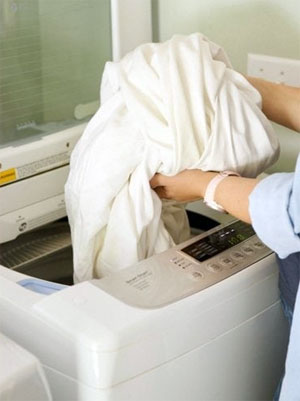
Washing regularly even helps reduce bacteria that might accumulate and help prevent bed bug outbreaks.
You’ll want to use hot water (ideally between 130 and 140 degrees Fahrenheit [source]), and adding a few drops of tea tree or eucalyptus oil added to the load can work wonders. Drying on high heat will also ensure no unwanted guests survive the cleaning process.
#8 – Steam
A longtime ally in home care, a good steam cleaner (we like the Dupray) or vacuum is essential to improving the living conditions in your home. Use it on your mattress to get untold nights of dirt, grime, and shed human skin cells from the bed.
The soapy hot water will also kill dust mites, odors, mold, mildew, and a variety of other pests. Follow up with a dry vacuum to suck up any dead mites or leftover debris.
You can also use this combo on carpets, drapes, and upholstered furniture. Steam cleaning pulls even years-old filth out of fabric, so having a steam vac in the house is always a good idea.
#9 – Wash Fabric Items Frequently
You may not sleep in the windows, but your curtains deserve a trip to the washer once per month. Wall to wall carpeting and area rugs should also be cleaned with a wet-vac monthly and deep cleaned at least twice per year.
Vinyl surfaces collect house dust easily. There are a wide range of cleaning products available that will not only clean and preserve the vinyl but also help repel dust and dirt. You can alternatively wipe down vinyl or leather surfaces with a damp cloth.
Some final Notes on Dust Mites
In many ways, these tiny critters are beneficial, as they break down shed skin. Unfortunately, their poop is a large percentage of household dust and too many mites can result in even people without an allergy having a negative reaction.
if you believe you may be having issues due to excessive dust mite exposure, try adding some good habits to your cleaning regimen.
Steam cleaning carpets or ensuring you always have good, clean HEPA air filters works wonders on a wide range of tiny critters, not just mites. Just remember that dust mites are a part of life and small numbers are completely harmless in a clean home.
- How to Get Rid of Hawks - March 8, 2024
- How to Get Rid of Pill Bugs (Rolly Pollies) - March 1, 2024
- How to Get Rid of Groundhogs (Woodchucks) - February 5, 2024

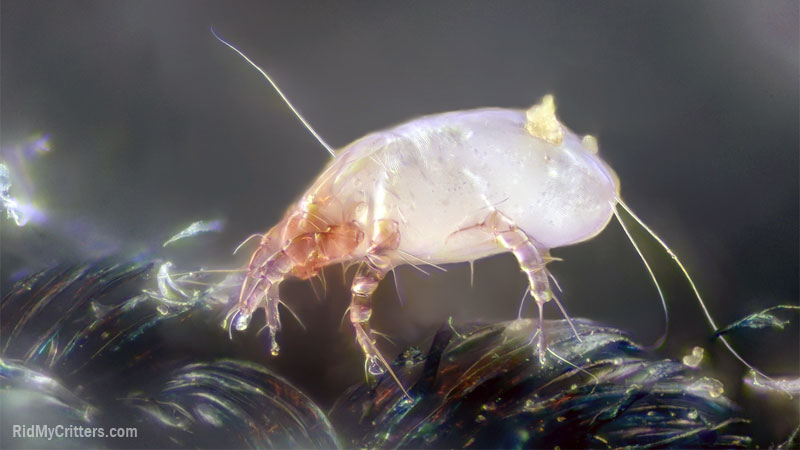
 Just tell me how to get rid of ’em.
Just tell me how to get rid of ’em.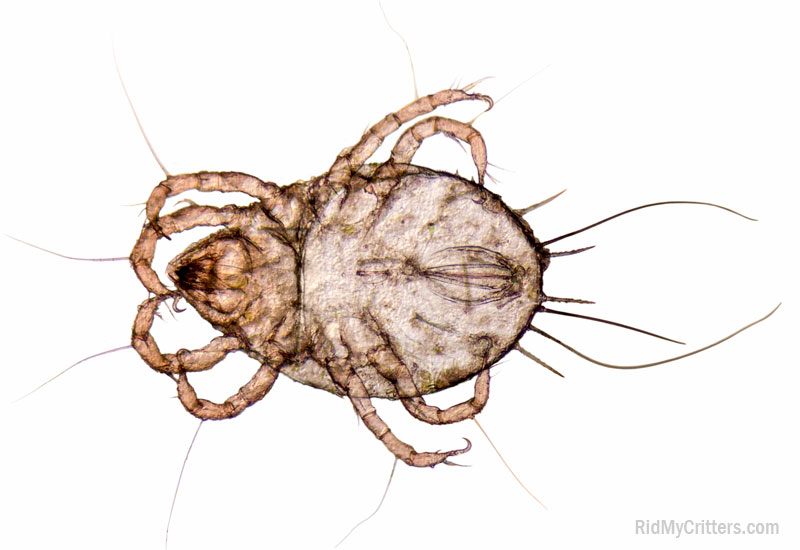
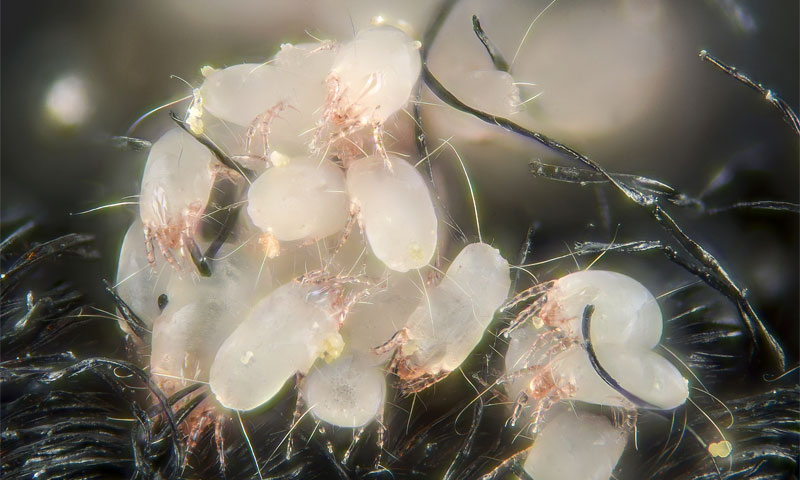
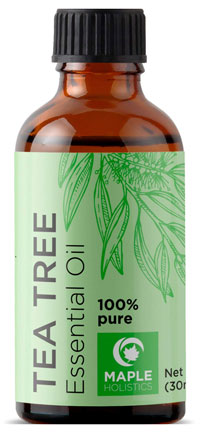
I tried many things
Sunshine worked the best